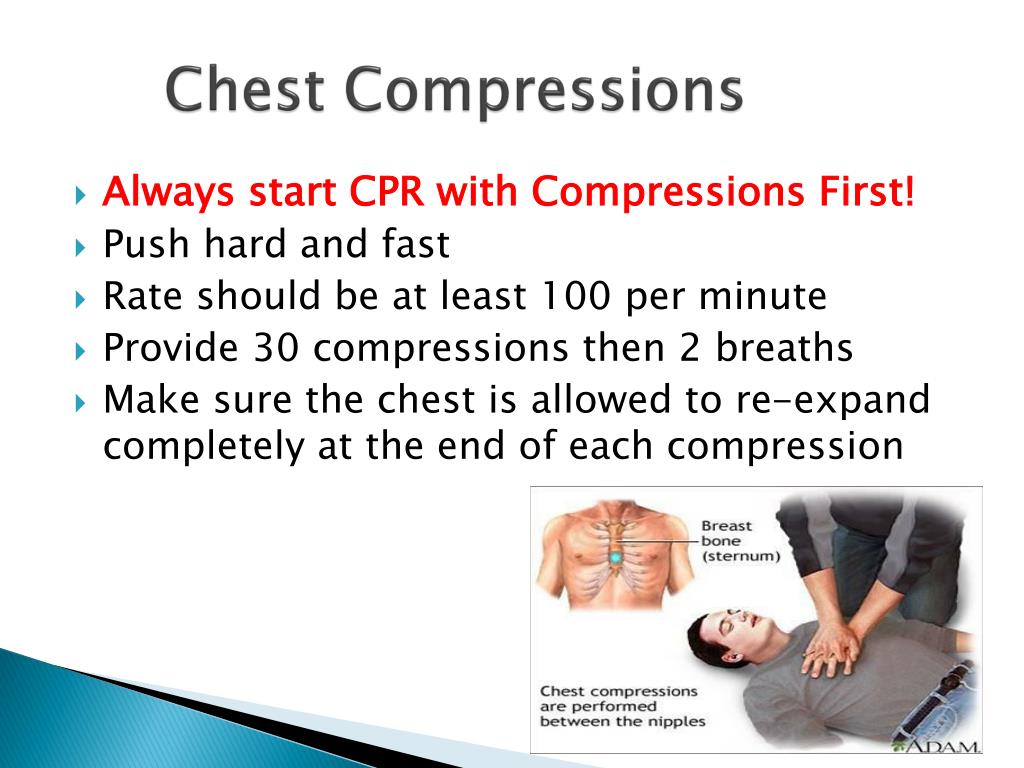

#CHEST COMPRESSION FRACTION DURING CPR UPDATE#
Last year, a focused update on the use of epinephrine in cardiac arrest concluded that resuscitation teams should continue to administer epinephrine for the treatment of cardiac arrest in adult patients at 3-5 minute intervals for the duration of the resuscitation attempt. The use of epinephrine in cardiac arrest. When IV attempts are unsuccessful or access is not feasible, there is a weaker recommendation for the teams to consider establishing an IO. Based on moderate quality evidence not involving a randomized trial, the AHA believes it is reasonable for resuscitation teams to first attempt IV access. Unfortunately, a rigorous review of the evidence questions the efficacy of the IO route when compared to the IV route. Recently however, many EMS agencies began moving away from initial IV attempts during resuscitation in favor of intraosseous access. Historically, venous cannulation was the primary access strategy. Another interesting recommendation involves the manner in which resuscitation teams gain access to the vascular space for medication administration. Because of this level and quality of evidence, the strongest recommendation the AHA can make in 2020 is that resuscitation team mays consider the strategy. Current published evidence on the usefulness of this strategy for shock-refractory episodes of ventricular fibrillation or pulseless ventricular tachycardia remains limited and weak. Although many EMS agencies around the country include double sequential defibrillation in their treatment protocols, previous AHA guidelines were silent on the subject. In contrast, there is a moderate-strength for compression rates of 100-120 compressions per minute, based on moderate quality evidence.ĭouble sequential defibrillation. The AHA continues to make a strong recommendation for chest compressions of at least two inches but not more than 2.4 inches in the adult patient, based on moderate quality evidence. While not altering current recommendations for compression depth and rate in adult patients, the AHA CPR Guidelines 2020 reaffirm the importance of chest compression quality in achieving improved survival measures. Over the past decade or so, researchers have directed considerable resources into using research to guide resuscitation education practices as well as driving system of care changes to help optimize survival.


 0 kommentar(er)
0 kommentar(er)
